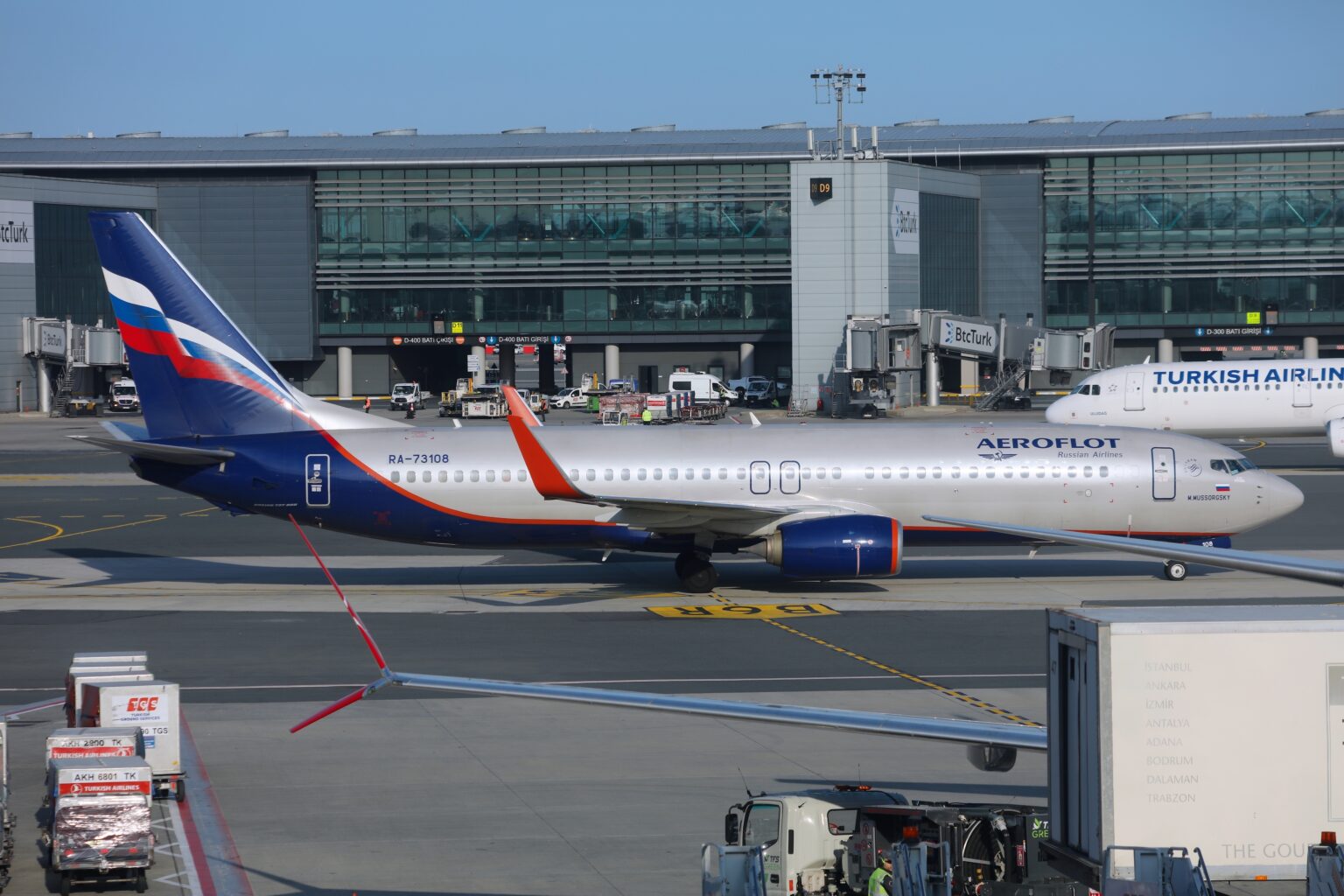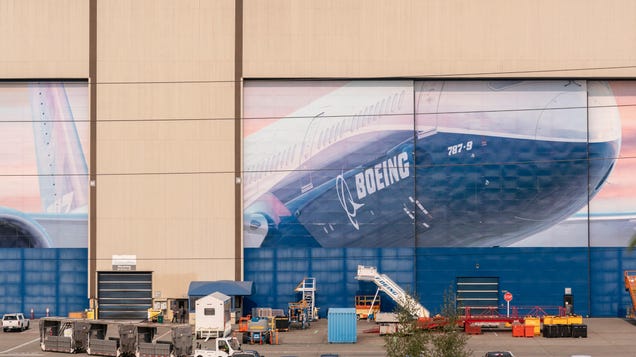Boeing, known for its iconic planes like the 737 Max and the 787 Dreamliner, finds itself grappling with production delays and quality concerns. While much attention has been paid to the 737 Max, Dreamliner is also facing its share of issues. The Wall Street Journal highlights that production setbacks for the 787 stem from the aftermath of U.S. sanctions against Russia.
The trouble lies in a crucial part called the heat exchanger, previously sourced from Russia but now procured from British and American suppliers due to trade restrictions. However, the transition has not been smooth, leading to production slowdowns.
The heat exchanger isn’t the sole challenge haunting the 787. Recent scrutiny has been cast on the plane’s structural integrity. A Boeing engineer, Sam Salehpour, raised concerns about flaws in the fuselage, particularly regarding how the metal skin is attached. Salehpour’s allegations, aired before the Senate, painted a worrying picture of potential midair disintegration due to structural weaknesses.

Russian Sanctions Could Cause Further Delays for Another Boeing Plane (Credits: PYOK)
Boeing has vehemently refuted these claims, asserting its confidence in the aircraft’s safety and dismissing Salehpour’s assertions as inaccurate. Nevertheless, the concerns add another layer of scrutiny to the Dreamliner’s ongoing production woes.
These issues come at a critical juncture for Boeing, as the 787 and the beleaguered 737 Max constitute a substantial portion of the company’s existing order backlog. With both models facing delays and quality concerns, Boeing’s reputation and financial standing could suffer significant blows. The company’s ability to navigate these challenges effectively will be closely monitored by stakeholders, including investors, regulators, and airline customers, all of whom have a vested interest in the timely and safe delivery of Boeing’s aircraft.
Amid these setbacks, Boeing is under pressure to address not only immediate production hurdles but also long-term concerns regarding quality control and supply chain resilience. The reliance on global suppliers, coupled with geopolitical tensions and evolving trade dynamics, underscores the complexity of managing a modern aerospace manufacturing operation. Moving forward, Boeing must demonstrate a commitment to transparency, accountability, and proactive risk management to regain trust and ensure the continued success of its flagship aircraft programs.
In the face of adversity, Boeing remains steadfast in its assurances of product quality and safety. However, the convergence of production challenges, regulatory scrutiny, and public skepticism presents a formidable test for the aerospace giant. How Boeing navigates these turbulent skies will not only shape its own future but also influence the broader aviation industry’s trajectory, emphasizing the high stakes involved in maintaining the integrity and reliability of commercial aircraft in an increasingly interconnected world.























